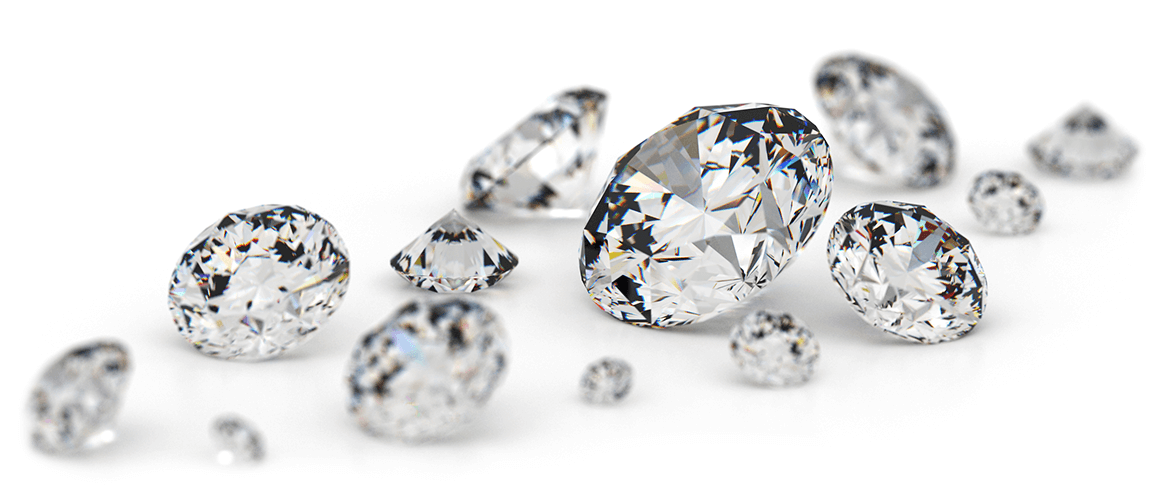Lab-grown diamonds have transformed the gemstone industry, presenting an innovative and sustainable alternative to traditionally mined diamonds. As technology advances, the future of lab grown diamonds, with far-reaching implications for consumers, industries, and the environment.
Technological Advancements in Lab-Grown Diamonds
The future of lab-grown diamonds hinges on technological progress. Innovations in chemical vapor deposition (CVD) and high-pressure, high-temperature (HPHT) methods have already allowed scientists to create diamonds that match or even surpass natural ones in quality. As research continues, these processes will become more efficient, cost-effective, and accessible, making lab-grown diamonds a viable choice for a broader market. Enhanced technology will ensure that these diamonds maintain their appeal and integrity, further solidifying their place in the luxury sector.
Sustainability and Ethical Considerations
One of the most compelling reasons behind the growing popularity of lab-grown diamonds is their sustainable and ethical nature. Unlike mined diamonds, which can contribute to environmental degradation and exploit labor, lab-grown diamonds offer a cleaner, more responsible alternative. In the future, as global awareness about ethical consumption rises, consumers will increasingly favor lab-grown diamonds for their reduced environmental impact and transparent sourcing. This trend is poised to reshape the jewelry industry, encouraging more brands to adopt sustainable practices.
The Economic Impact of Lab-Grown Diamonds
The future of lab-grown diamonds will significantly influence the global economy. Currently, the market for lab-grown diamonds is growing rapidly, with prices becoming more competitive. This shift is already altering the traditional diamond industry, pushing companies to innovate or risk becoming obsolete. In the coming years, as production costs decrease, lab-grown diamonds may become the standard, driving down prices and making high-quality diamonds more accessible to a wider audience. This economic democratization of luxury could redefine consumer expectations and purchasing patterns.
Quality and Customization in Lab-Grown Diamonds
Lab-grown diamonds are not only about replicating natural stones—they offer opportunities for customization and precision that traditional diamonds cannot match. In the future, customers will be able to design lab created diamonds tailored to their specific preferences, choosing everything from carat size to color and clarity. Advanced techniques may also enable the creation of new diamond variations, expanding the possibilities for unique, personalized jewelry. This level of customization will enhance the appeal of lab-grown diamonds, attracting discerning buyers who value individuality and innovation.
Environmental Impact and Carbon Footprint
Reducing the carbon footprint is central to the future of lab-grown diamonds. While the production process requires significant energy, advancements in renewable energy and sustainable manufacturing practices are helping to mitigate environmental impacts. Companies are investing in greener technologies, ensuring that the environmental benefits of lab-grown diamonds continue to outweigh those of natural diamonds. As these efforts intensify, lab-grown diamonds will play a pivotal role in promoting sustainability within the luxury sector, setting new standards for environmental responsibility.
Changing Consumer Perceptions
The future of lab-grown diamonds also depends on shifting consumer perceptions. Initially, lab-grown diamonds faced skepticism due to their synthetic origins. However, growing awareness of their quality, ethical benefits, and affordability has led to increased acceptance. Celebrities, influencers, and luxury brands endorsing lab-grown diamonds further validate their desirability. As this trend continues, lab-grown diamonds will shed any lingering stigma, becoming a mainstream choice for engagement rings, fine jewelry, and even industrial applications.
Innovation Beyond Jewelry
While jewelry remains the primary market for lab-grown diamonds, their future applications extend far beyond adornment. Lab-grown diamonds possess unique physical properties, such as exceptional hardness and thermal conductivity, making them valuable in various industries. In electronics, for instance, diamonds are used in semiconductors and quantum computing. As technology evolves, lab-grown diamonds will play a critical role in advancements across fields like aerospace, medicine, and energy. These diverse applications highlight the potential of lab-grown diamonds to revolutionize not just luxury but also high-tech industries.
The Competitive Landscape
The rise of lab-grown diamonds is reshaping the competitive landscape of the diamond industry. Traditional diamond companies are now investing in lab-grown alternatives to stay relevant. This shift is fostering innovation and competition, ultimately benefiting consumers. In the future, collaborations between traditional jewelers and lab-grown diamond producers will likely become more common, blending the best of both worlds. This dynamic market environment will drive continuous improvement and ensure that lab-grown diamonds remain at the forefront of the industry.
Conclusion: A Brighter Future for Lab-Grown Diamonds
The future of lab-grown diamonds is undeniably promising. With technological advancements, sustainable practices, and changing consumer attitudes, lab-grown diamonds are set to redefine luxury and innovation. As they become more prevalent and accepted, these diamonds will not only transform the jewelry industry but also influence various technological fields. Embracing lab-grown diamonds means embracing a future where beauty, ethics, and innovation coexist seamlessly, paving the way for a brighter, more sustainable world.




